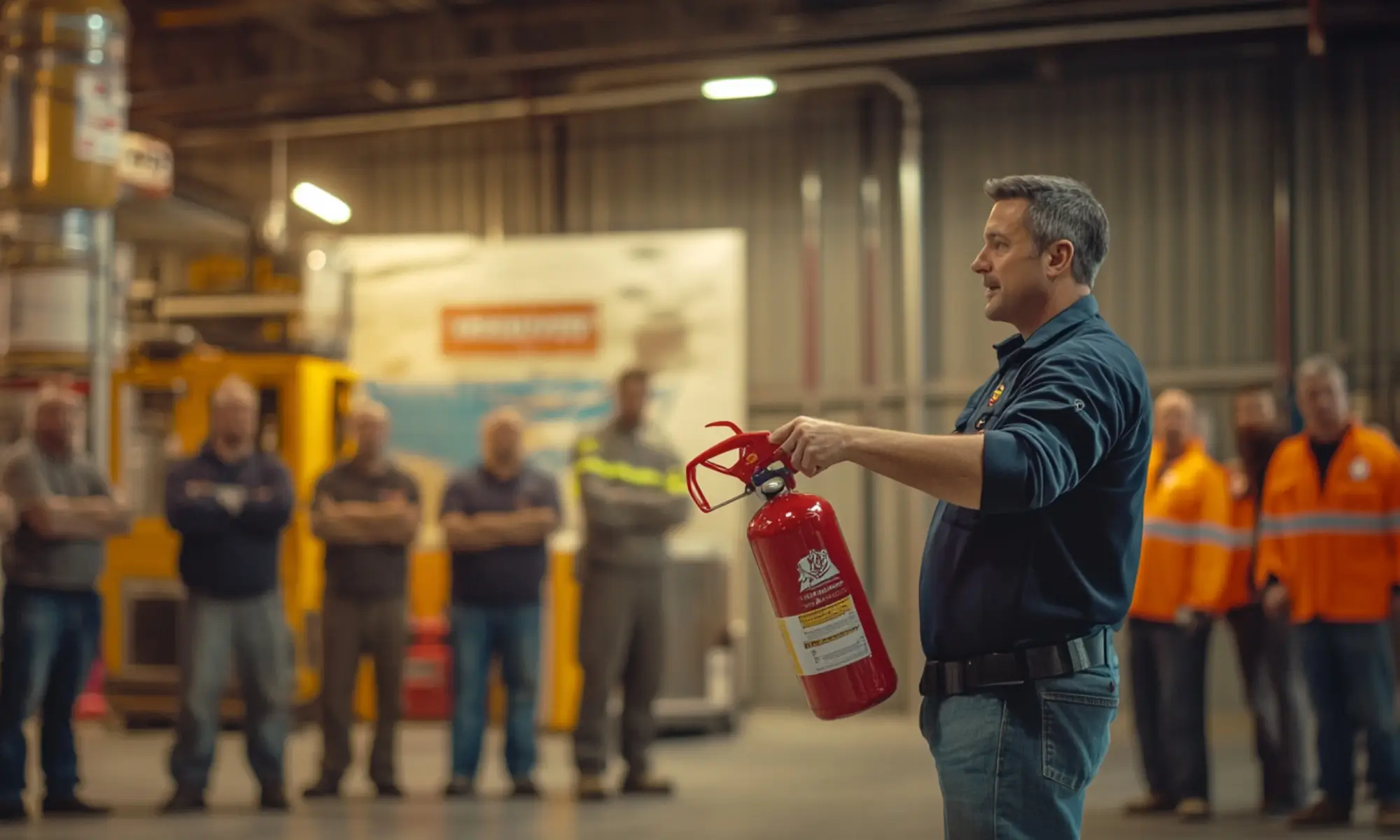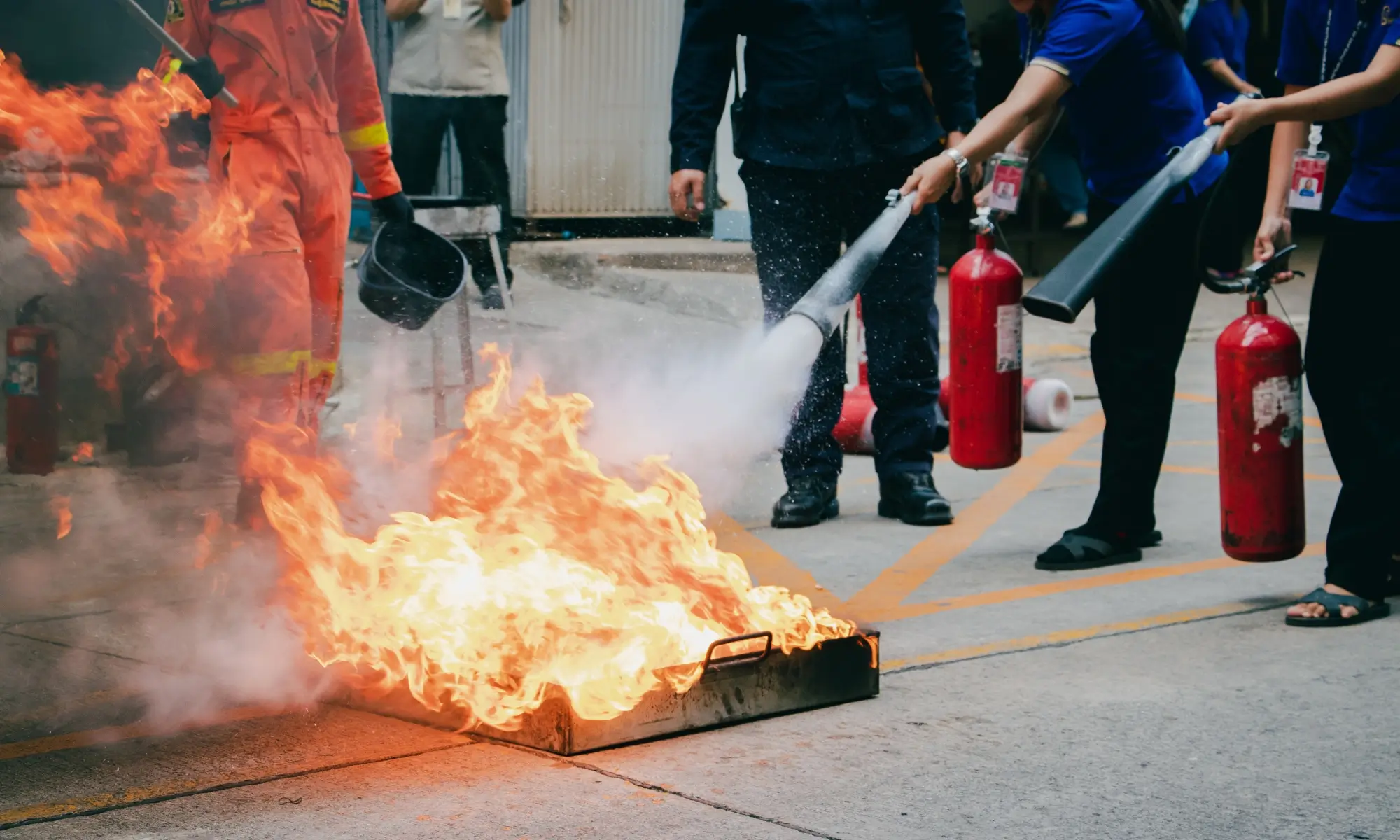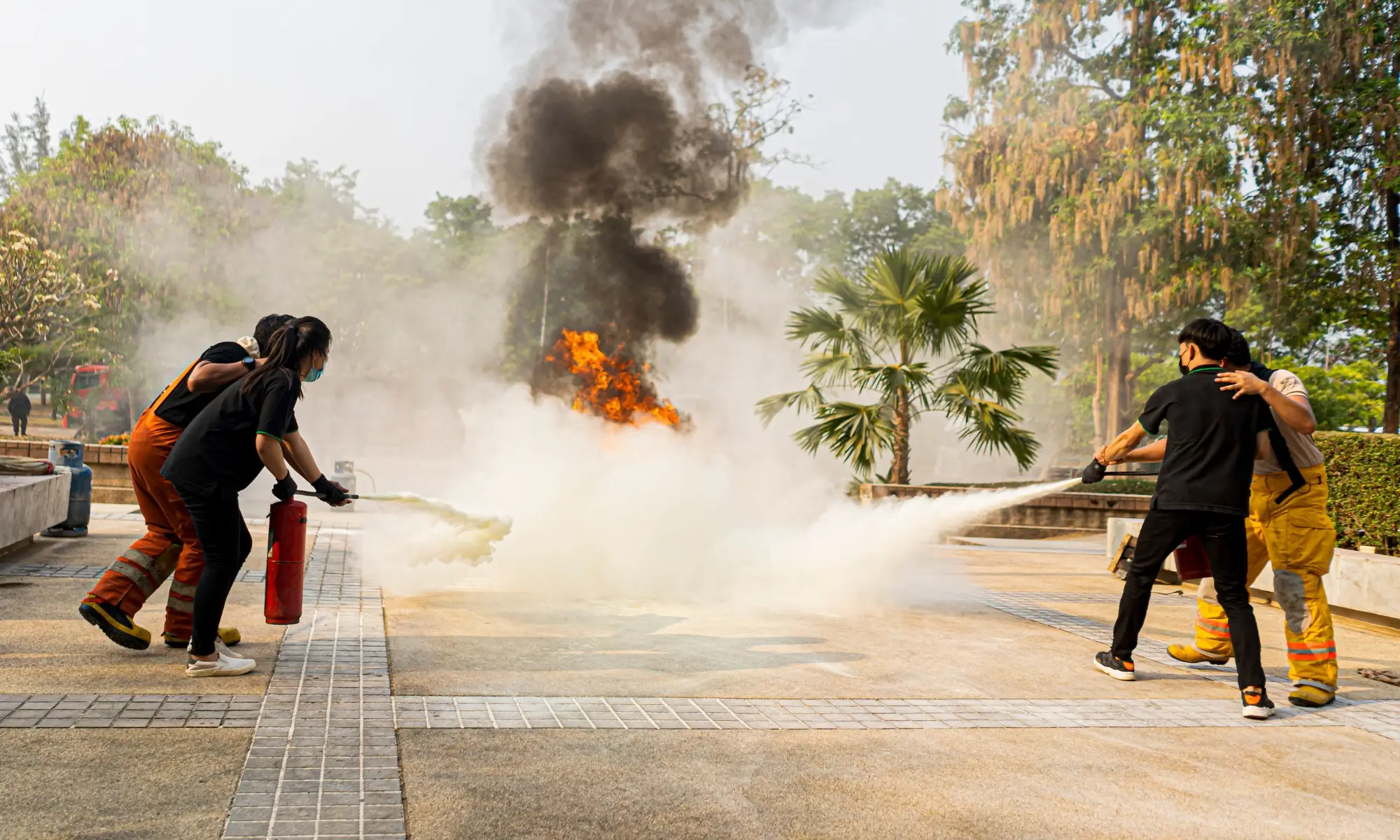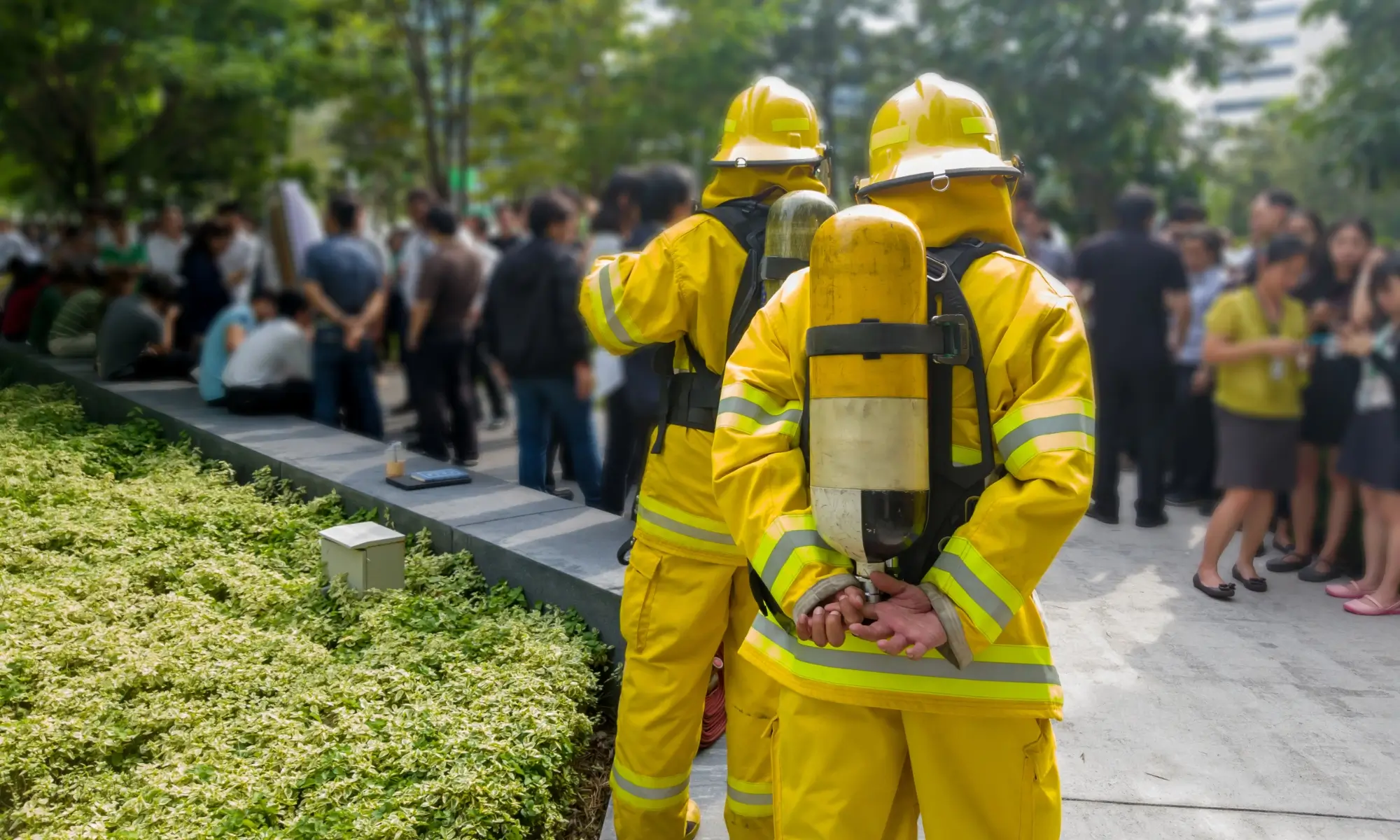Fire safety training is a critical component of ensuring safety in any environment. Fires can result in catastrophic losses of life, property, and business continuity. Effective training equips individuals with the knowledge and skills to prevent fires and respond effectively when emergencies arise.
This article outlines the best practices for delivering fire safety training, ensuring participants gain practical, actionable insights while adhering to regulatory requirements.

Best Practices for Delivering Effective Fire Safety Training
Delivering effective fire safety training is crucial for ensuring individuals are prepared to prevent and respond to fire emergencies. Implementing the following best practices can enhance the effectiveness of your training program:
1. Familiarize Yourself with Relevant Fire Safety Regulations and Procedures
Effective fire safety training begins with thoroughly understanding the applicable laws and guidelines. Trainers must be knowledgeable about national, regional, and local fire safety standards, such as those from OSHA or NFPA, and tailor their sessions to these regulations. This ensures compliance while addressing the specific risks and needs of the participants’ environment.
- Understand fire codes, laws, and industry standards.
- Incorporate jurisdiction-specific regulations in training.
- Stay updated on changes in fire safety legislation.
- Align training with workplace-specific hazards and risks.
- Use credible sources to ensure accuracy and trust.
2. Customize Training to Match the Audience’s Needs
A one-size-fits-all approach does not work for fire safety training. Tailor the content to your audience by considering their roles, responsibilities, and knowledge levels. For instance, training for office workers may differ significantly from that for industrial workers or school staff.
- Assess the participants’ knowledge and experience.
- Use relatable examples relevant to their environment.
- Incorporate role-specific tasks and responsibilities.
- Avoid technical jargon; use simple, clear language.
- Ensure accessibility for all, including non-native speakers or those with disabilities.

3. Incorporate Interactive Learning Activities
Interactive activities make training sessions engaging and practical. Hands-on experiences like fire extinguisher demonstrations, evacuation drills, and role-playing scenarios help participants better understand and retain key safety concepts.
- Conduct fire extinguisher use demonstrations.
- Simulate emergency evacuation drills.
- Include group discussions and problem-solving tasks.
- Use role-playing to practice real-world scenarios.
- Incorporate quizzes or games for active learning.
4. Provide Access to Necessary Resources and Tools
Participants need access to resources such as manuals, checklists, and fire safety equipment to fully engage with the training. Equipping them with tangible materials ensures they have the tools to apply their knowledge effectively in real-life situations.
- Share fire safety manuals or guides.
- Provide access to fire extinguishers and alarms.
- Offer workplace-specific hazard checklists.
- Use multimedia presentations for better engagement.
- Distribute training certificates to document learning.
5. Use Visual Aids to Enhance Understanding
Visuals such as diagrams, videos, and images simplify complex concepts and make training more engaging. They cater to visual learners and help illustrate important points effectively.
- Show evacuation route diagrams.
- Use videos demonstrating fire responses.
- Include photos of workplace-specific hazards.
- Use animated guides to explain fire dynamics.
- Highlight proper vs. improper fire extinguisher use.

6. Monitor Progress and Provide Feedback
Regularly assess participants’ understanding to identify areas of improvement. Feedback sessions allow trainers to adjust their methods and ensure all participants grasp critical fire safety concepts.
- Conduct pre- and post-training assessments.
- Use real-time quizzes during sessions.
- Provide constructive feedback after activities.
- Adapt training content based on evaluation results.
- Encourage participants to ask questions.
7. Emphasize Evacuation Procedures
Knowing how to safely evacuate during a fire can save lives. Focus on creating and practicing evacuation plans tailored to the specific environment, including designated escape routes and assembly points.
- Create clear, actionable evacuation plans.
- Practice evacuation drills regularly.
- Highlight the importance of calmness and order.
- Ensure everyone knows their role during an evacuation.
- Address challenges like accessibility and crowded areas.
8. Foster a Culture of Fire Safety Awareness
Fire safety should extend beyond training sessions. Encourage a proactive approach by promoting daily practices such as reporting hazards and keeping fire exits clear.
- Promote good housekeeping practices.
- Encourage regular fire risk assessments.
- Develop a workplace safety committee.
- Display fire safety posters in common areas.
- Reward proactive fire safety behavior.

9. Conduct Periodic Refresher Training
Fire safety knowledge fades over time, making regular refresher courses essential. Periodic training ensures that individuals remain prepared and updated on the latest practices and technologies.
- Schedule annual or bi-annual refresher courses.
- Update training to reflect new safety technologies.
- Reinforce key concepts through drills.
- Offer specialized training for high-risk tasks.
- Keep training materials and methods current.
10. Maintain Records of Training and Progress
Documenting training sessions helps organizations demonstrate compliance with fire safety regulations and track employee progress. It also serves as a valuable reference for future audits or incidents.
- Log attendance and training completion dates.
- Document assessments and evaluations.
- Keep detailed records of evacuation drills.
- Store copies of training materials used.
- Maintain certification records for participants.
Conclusion
Delivering effective fire safety training is a vital investment in safety and preparedness. By incorporating these best practices, trainers can ensure participants gain practical knowledge, stay engaged, and feel empowered to handle fire emergencies. Prioritize tailoring content to your audience, leveraging interactive and visual elements, and maintaining a culture of continuous learning. With comprehensive training, organizations can significantly reduce fire risks and safeguard lives and property.
Remember: A well-trained team can make all the difference in an emergency. Start today and create a safer tomorrow!

